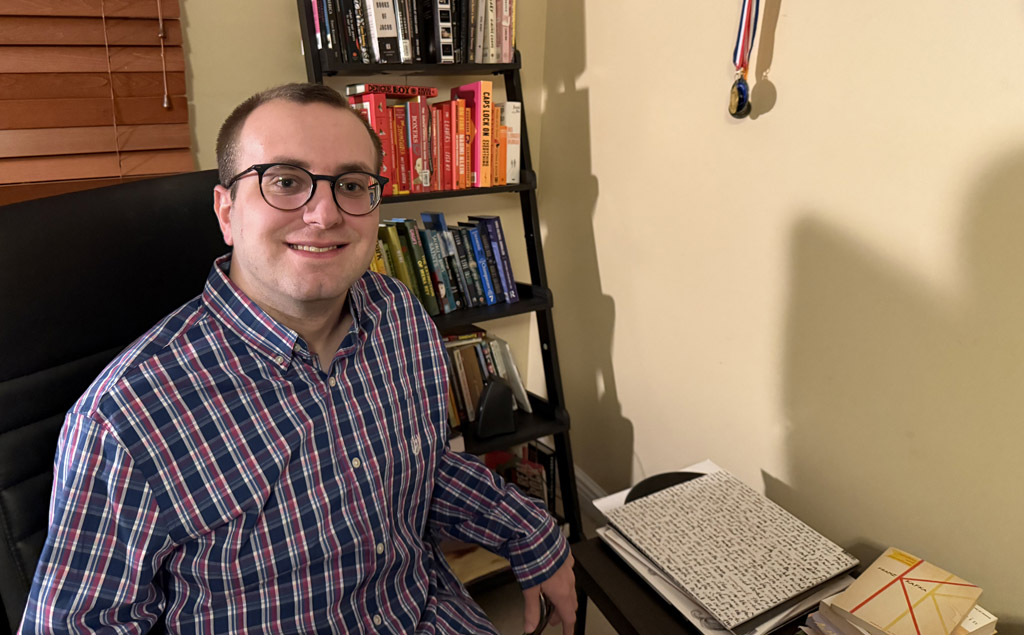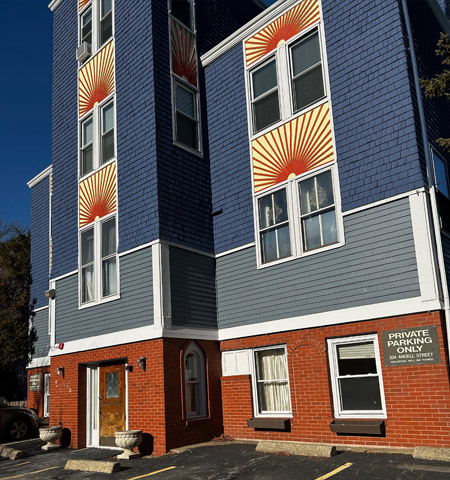
CORRECTION
by Alfred A. Knopf, 1975
Thomas Bernhard, translated from the German by Sophie Wilkins
As one of postwar Austria’s most acclaimed novelists and playwrights, Thomas Bernhard called his homeland a “brutal and stupid nation.” Instead of the luscious high art of Mozart and Klimt, there are Nazis who ravaged the country in WWII and even more Nazis fifty years later. A couple of former generals blocked off the entrance to his final play, Heldenplatz, with horse manure. Right before his death at age 58, he refused any of his works from being put on in Austria for 70 years.
The central character of his novel Correction is no less stingy with letting people touch his life’s work. A wealthy scientist named Roithamer – blatantly modeled after Austrian philosopher of language Ludwig Wittgenstein – stakes out his final six years for building his sister a house shaped perfectly like a cone. The Cone, even more precise than the rectangular building Wittgenstein gave his own sister, sits at the exact midpoint of Austria’s Kobernausser Forest. She dies, vaguely, in the Cone, Roithamer kills himself immediately afterward, and the plot wends its way backward from there.
The unnamed narrator, Roithamer’s childhood friend and a stand-in for Bernhard himself, paces about an attic owned by the taxidermist Hoeller, sifting through the thousands of crossed-out papers that in some arrangement might converge into Roithamer’s motives. Through all this, the book sits at exactly two chapters and two uninterrupted paragraphs long. You do the math.
W.G. Sebald cited Bernhard as a key influence of his. Though Austerlitz is significantly more ornate on topics of architecture (a term Roithamer vehemently refuses for his own work: he prefers you call him a “builder”), both books carry forward with the same long-winded introspection. In Correction’s distinct halves, psychological heft, and the somber mists it casts over the author’s home country, one might also be reminded of Natsume Sōseki’s Kokoro.
Correction is not a perfect book. Being perfect would spoil its intent. In Sophie Wilkins’ unfussy translation from the original German, the book’s two halves are 140 and 131 pages long, respectively, slouching just a smidge toward one side of the spine. Sentences wind and weave, constantly parrot their own phrases, chase their own tails. If any of its characters had written this novel, they’d have burned it.
While “Bernhard” the narrator indulges every facet of Roithamer’s one and only ambition, Bernhard the author is frequently taunting him about it. The little imprecisions add up to a total rejection of what Roithamer devotes his life to doing.
It’s dryly funny how certain threads of plot and backstory promise their own answers, just for Roithamer to brush them off as irrelevant later on. How can he gun down an entire row of paper roses at a music festival, not missing a single shot, when he was the only brother at Altensam who never went out to hunt? And who is his unnamed sister, anyway, for a Cone in the geographical middle of nowhere to suffice as her personal five-star lodging?
Some of the answers might reside in the life details of Wittgenstein, whom, through his analog in Roithamer, Bernhard can freely shift between admiring and outright spoofing. And much like Wittgenstein – a severe literalist who always crash-landed the tone and returned to a village just to apologize for cold-clocking one of his grade school students – the less Roithamer opens his mouth, the better. What he says and doesn’t say about his own Cone marks over a great deal of the sympathy that builds for him early on, while trapping you in the workings of his brain.
As with most of Bernhard’s output, Correction is permeated by a cool yet intense pessimism, preoccupied with how people fail to live and yearn to die. Everyone in this book is a miser in some way – there are no rays of light to interrupt the gloomy trance Correction puts you in. Only by their coordinates, not poetics on their natural beauty, is any value assigned to Kobernausser Forest and the Aurach Gorge (the waterfall whose dangerous proximity to Hoeller’s home serves as inspiration for the scientist plotting in its garret).
The rhythm of the book rests in its repetitions, how it invades the same thought from every possible flank. Every idea lingers as a compulsion. Take the narrator’s comments on killing oneself while retreading the path from a schoolteacher’s suicide to the death of Roithamer decades later:
“It’s a folk art of sorts, I said to Hoeller, always longing to kill oneself but being kept by one’s watchful intelligence from killing oneself, so that the condition is stabilized in the form of lifelong controlled suffering, it’s an art possessed only by this people and those belonging to it. We’re a nation of suicides, I said, but only a small percentage actually kill themselves…” (108)
But quoting small chunks from these chapter-long paragraphs doesn’t do justice to how mesmerizing the book is as a whole, how it mesmerizes with so few graphic details. The language is literal, words mean what they mean, and the mystery evolves more from where the words don’t reach.
As for Bernhard’s entire body of work, this is a starting point equidistant from any other starting point – so many of his novels and plays orbit around these same conceptions of isolation, suicide, and a country’s failed character. The Cone just happens to stand out more. It’s pointier.
